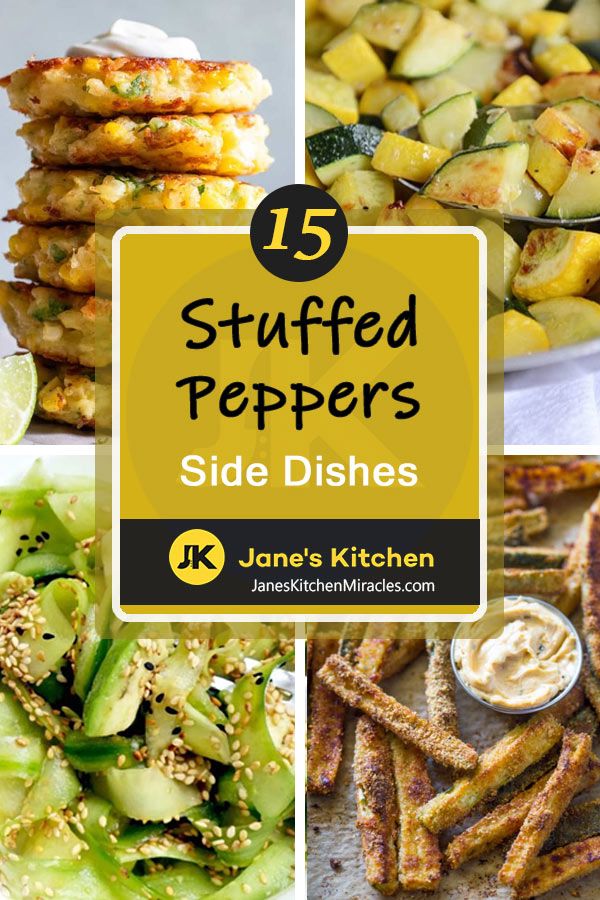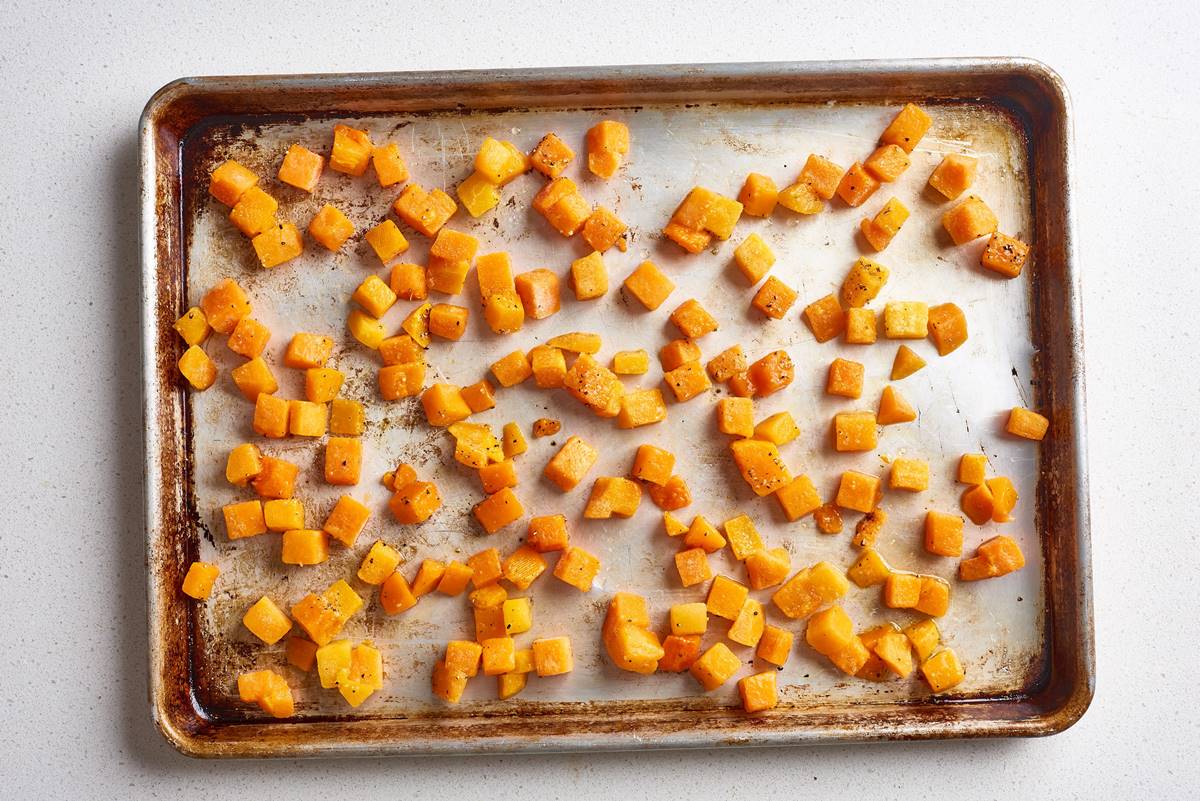Sides for Stuffed Peppers: A Delicious and Nutritious Compilation
Ideas for what to serve with stuffed peppers:
– Honey cornbread muffins
– Salad with pear vinaigrette
– Mediterranean roasted vegetables
– Instant pot quinoa
– Spaghetti squash in the oven
– Oven-roasted asparagus
– Italian green bean salad
– Harvest quinoa salad with pumpkin yogurt dressing
– Beer bread
– Easy side salad
– Slow cooker honey glazed carrots
– Garlic kale salad with lemon
– Air fryer green beans
– Beet bacon and citrus salad
– Buttermilk biscuits
– Tomato and onion salad
– Massaged kale salad
– Green beans with caramelized pearl onions
– Chipotle cheddar and bacon crusty white bread
– Green beans almondine
– Instant pot carrots
– Sourdough bread
– Simple dijon salad with poached egg
– Zucchini bread
– Air fryer asparagus



